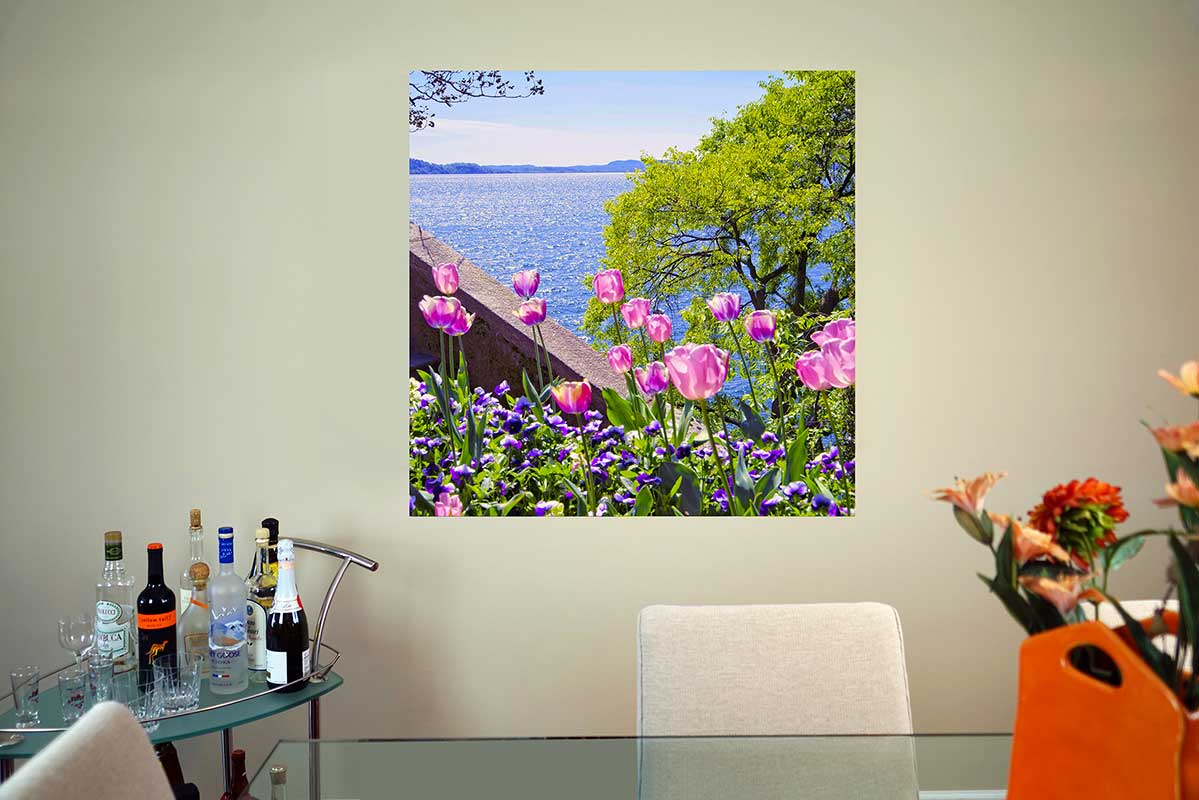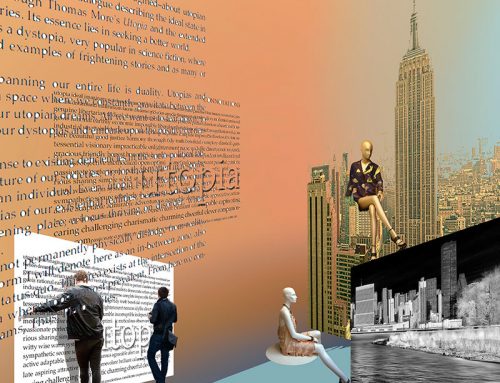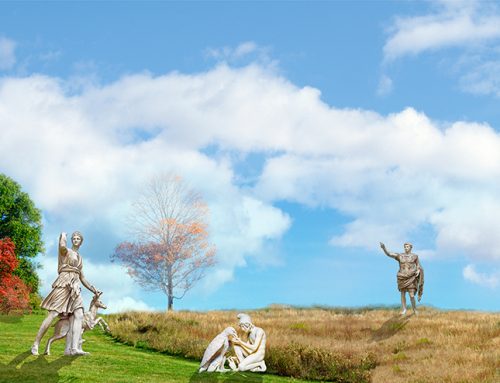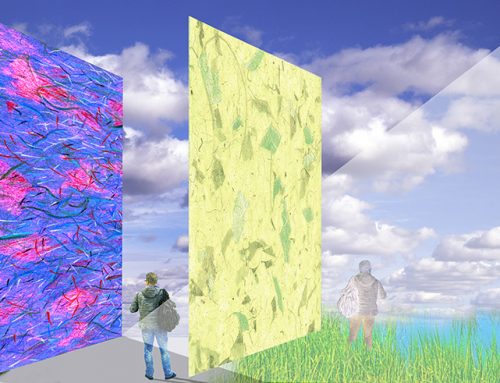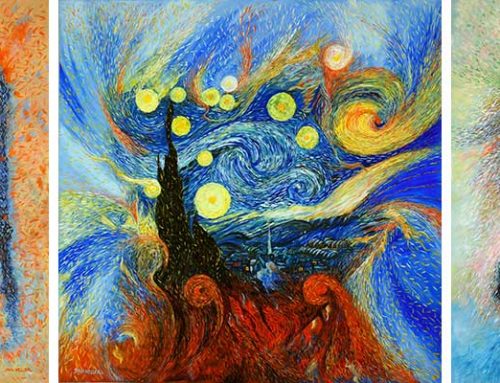Therapeutic Flower art research studies have consistently linked plants and particularly flowers with our well being. Flowers have the power to brighten a dull interior and perfume a room with their natural fragrances, they have many therapeutic properties and enhance our quality of life. In the most direct way, they stimulate our sight with their rich colors and our sense of smell with their rich fragrances. Indirectly, it has been generally concluded that they positively impact our state of mind and emotional responses.
Therapeutic flower art
Many flower therapies exist. Flower essences, homeopathic remedies, teas and infusions just to name a few. And of course last but not least is what I consider the visual therapy. This therapy involves reconnecting with the healing power of nature by any possible means. This includes interacting with one of nature’s nicest elements, flowers.
At home, we can easily purchase a bouquet of flowers to create a positive mood, brighten our world and heal our souls from everyday stress. The hospital patient confined to a bed does not have this luxury. A visitor could perhaps bring flowers. Regrettably, however, many hospitals deem cut flowers are bad for hospital rooms, quoting dangers of possible bacterial infection and maintenance issues.
So the “real thing” cannot be easily implemented in the hospital patient room. In hospitals where the cut flowers and plants are banned from patient rooms by the “authorities having jurisdiction” (the hospital), an alternative that can positively impact the healing process is mimesis. By mimesis, I refer to imitation (in this case of “healing” nature scenes), through visual works of art that can replace the real flowers.
The tulips
Among the many flowers that can be an inspiration to therapeutic flower art subject, is the tulip. The primary significance of tulips is “perfect love”. I have sought to visually capture their beauty, the colors, the many species in the land where they are most cultivated and popular today, Holland. Tulips are now grown throughout the world, but people still identify the cultivated varieties as “Dutch tulips”. Tulips in the Netherlands have been popular since the 1600’s. It is generally believed the flower was brought from Turkey, introduced to Europe in 1554 (Wikipedia). “Tulip” originates from the word “Tulipan”(“Turban” in Persian).
You can browse how these beautiful tulips sit nicely against Lago Maggiore in Italy in the following image.
Keukenhof gardens
The best place to fully absorb and perceive the beauty of this wonderful flower is at the Keukenhof Gardens, home to every imaginable tulip species one can think of. My photo shoot yielded many captures worthy of the trip. Some were processed into photorealistic images but many more resulted in abstracts and semi-abstract images in which the main point of interest is just color, the strongest attribute of the tulip.
As I was processing the images I found myself being attracted more to the interior shape and structure of the tulip rather than it’s exterior. There is something very delicate, mysterious, and provoking about the intricate details of these flowers, a fact I have attempted to capture and express with my tulip series. The end result of this project can be viewed at artgreeT.com
Sources:
http://health.howstuffworks.com/mental-health/human-nature/health-myths/flowers-in-hospital1.htm
Park, Seong-Hyun, Richard H. Mattson. “Effects of Flowering and Foliage Plants in Hospital Rooms on Patients Recovering from Abdominal Surgery.” HortTechnology, Vol. 18, No. 4. (Oct. 1, 2008), pp. 563-568. CiteULike.http://www.citeulike.org/group/6095/article/4301682
Flowers May Help After Surgery. KIRO TV. Dec. 31, 2008.http://www.kirotv.com/health/18387829/detail.html
“Flower Power.” Snopes.http://www.snopes.com/oldwives/flowers.asp
Gale, Rena, Rivka Redner-Carmi, and Joseph Gale. “Impact of the respiration of ornamental flowers on the composition of the atmosphere in hospital wards.” International Archives of Occupational and Environmental Health. Volume 40, Number 4 (December 1977). 255-259. SpringerLink. Dec. 10, 2004.http://www.springerlink.com/content/j2x1p2434x732438/
Gould D, et al. “The evidence base and infection risks from flowers in the clinical setting.” British Journal of Infection Control, Vol. 6, No. 3, 18-20 (2005). SagePub.http://bji.sagepub.com/cgi/content/abstract/6/3/18
Kates SG, McGinley KJ, Larson EL, Leyden JJ. “Indigenous multiresistant bacteria from flowers in hospital and nonhospital environments.” Am J Infect Control. 1991 Jun;19(3):156-61.http://www.ncbi.nlm.nih.gov/pubmed/1907439

